Interview with Pankaj Dubey, MD, Polaris & Indian Motorcycle India
Pankaj Dubey, MD, Polaris & Indian Motorcycle India, accepts the award for the Indian FTR 1200 S. This bike is quite a departure from your regular line-up. What brought about this departure and what’s the response been?
Pankaj Dubey, MD, Polaris & Indian Motorcycle India, accepts the award for the Indian FTR 1200 S.
This bike is quite a departure from your regular line-up. What brought about this departure and what’s the response been?
From 1901 till now, in its various avatars, Indian Motorcycle has been very strong in the racing community. But, of course, our bikes are more focused towards touring. So, what you see here is our endeavour to go beyond, rather than just being stuck in one compartment. We started off racing the FTR 750, and it got a tremendous response. In racing, it was dominant. And so, based on customer feedback, our product managers and engineers did a great job of devising the FTR 1200 for the road.
So, who does this bike cater to?
As a platform, there are a variety of things that can be done with this bike. You can use it for touring, but you can also use it for sports biking. It comes with three riding modes – standard, sports and rain – so if you’re riding to the hills in the rain, you just need to put it in rain mode to keep riding. So, it’s targeted to a wide variety of customers who want a versatile machine. This is a touring bike and a sports bike all rolled into one. And, of course, it attracts younger customers to our brand.
How challenging is the transition to BS-VI?
It is quite challenging, because these are global products and the largest markets are North America and Europe. And from an emission perspective, the strictest norms are in Europe, and Europe is implementing Euro-VI from 1st January 2021. And we are nine months before that, so there is a bit of a challenge, but it’s just a matter of few months and we’ll be able to work it out.
Does Indian have any plans to go down the EV route?
As a company, we already have electric vehicles. We have a wide range of electric products that we’re already selling in India, in terms of our Polaris electric ATVs. We also have a couple of companies in Europe that we’ve acquired in this space. So, the work is ongoing, but we don’t have anything to share right now.
How do you see the economy playing out going forward?
The last three years have been pretty tough for the industry, especially the big bike industry. And the market scenario is still tough. There were some positive signs during Diwali, but we’ll have to see how long that continues. Plus, BS-VI will have its own impact. So, I think that the next year will be challenging as well. There is latent demand in India, so we’ll sail through. But, yes, these are challenging times for all the industry.
Long term, we are absolutely fine. Short term, we are not! The reason for this is the economy overall. It’s not just the automobile sector, but all the sectors that have been affected by the banking sector being under stress. As a result, retail and dealer financing are under stress. The government has taken some steps to ensure that the false growth that we were seeing is not seen today. And this is good from a long-term perspective, because when we see growth again it’ll be from the right level. And we will see growth, because overall income levels are increasing. Since, the penetration of vehicles in the country is still small, that inherent demand is still there. The money crunch has certainly had an impact, but long term I don’t see any challenges.
From a business point of view, when the situation is challenging, does it force you to make your business stronger?
Absolutely. This is the best time to improve your efficiencies. Right now, we’re looking at how we can be efficient so that when the growth happens we’re in a good position. So, this is the time when the toughest have to get going, and you have to find ways to manage the situation efficiently. You need to compromise on certain things and learn lean management. Yes, it’s tough, but this is the best time to learn.
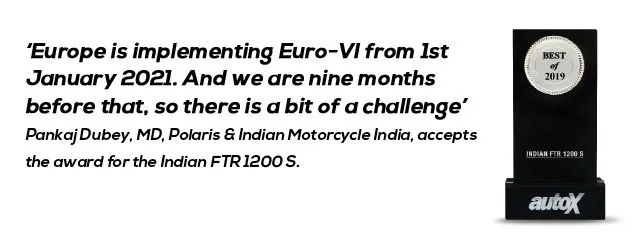
Also read - Indian FTR 1200 S, Track Test
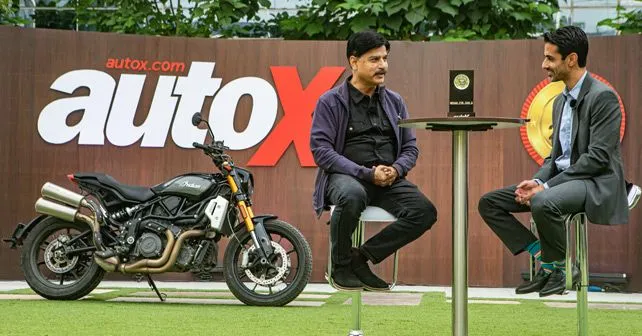

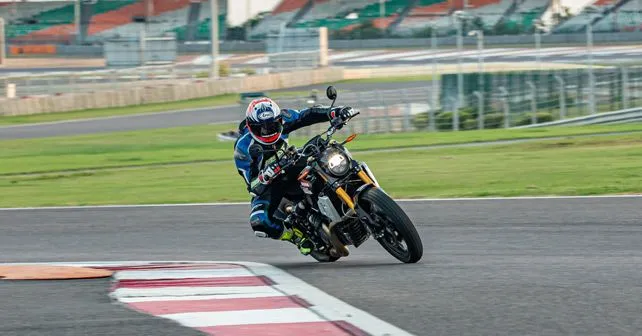
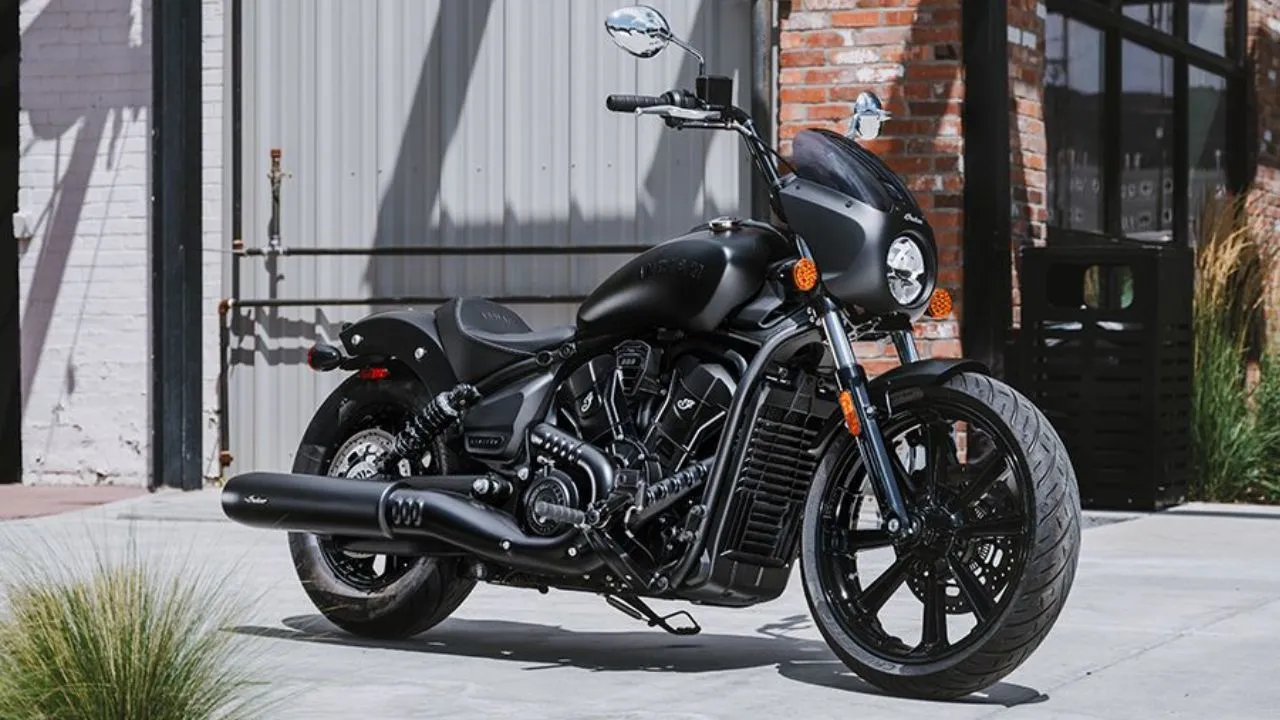
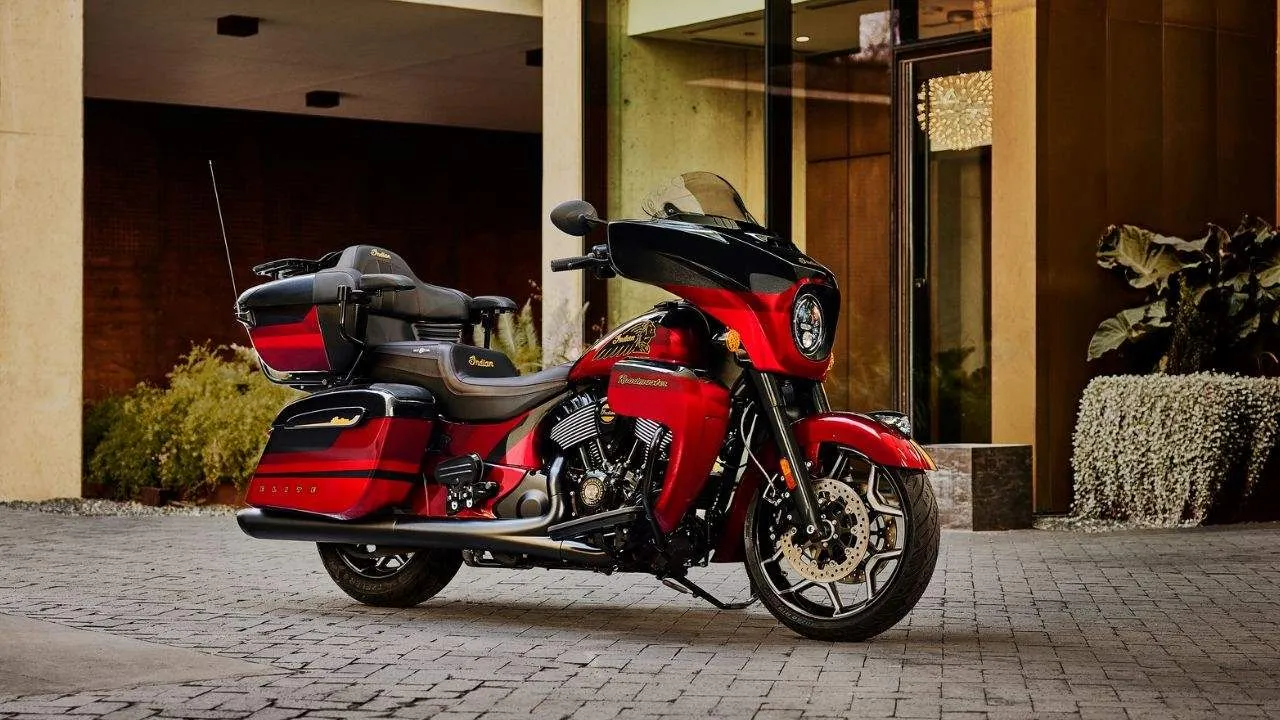
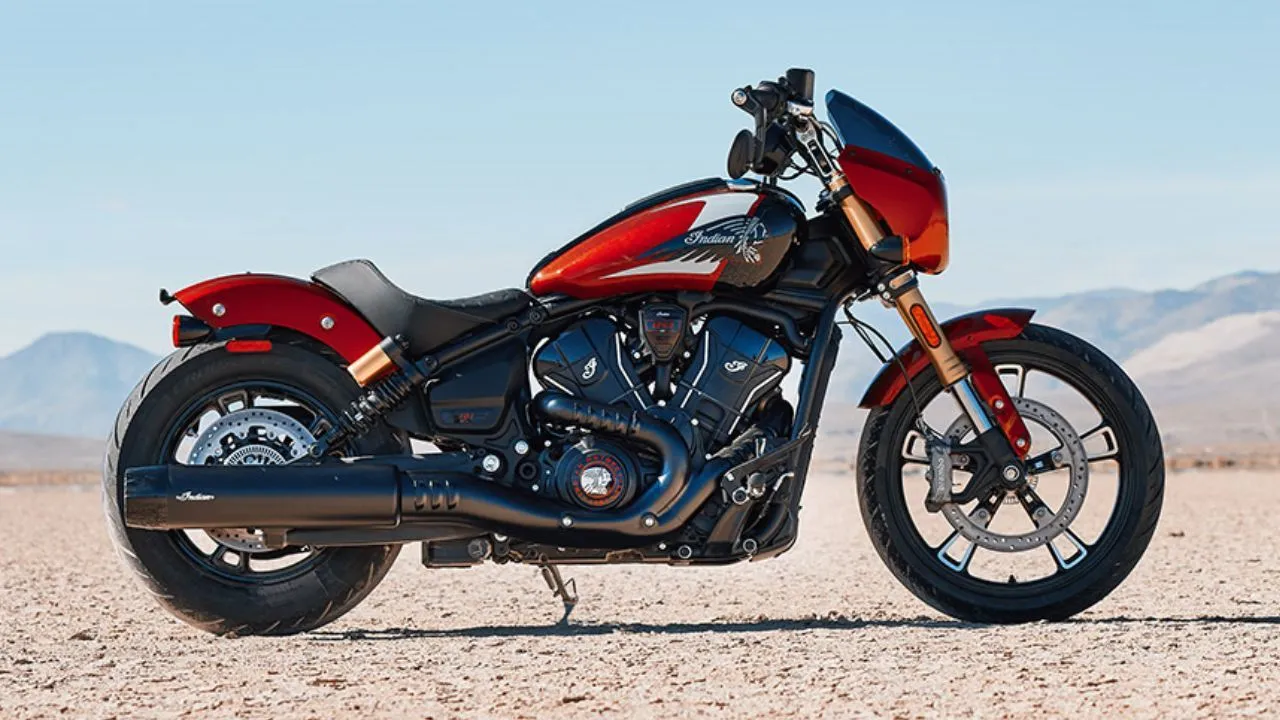
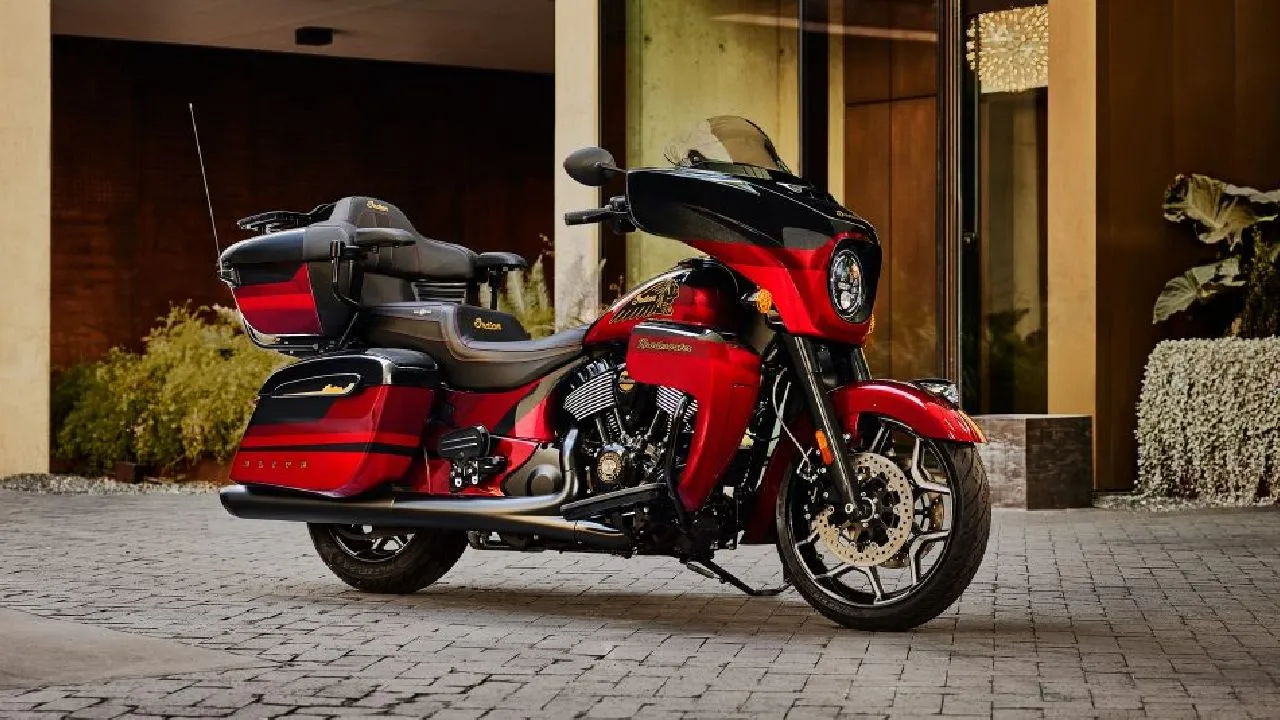
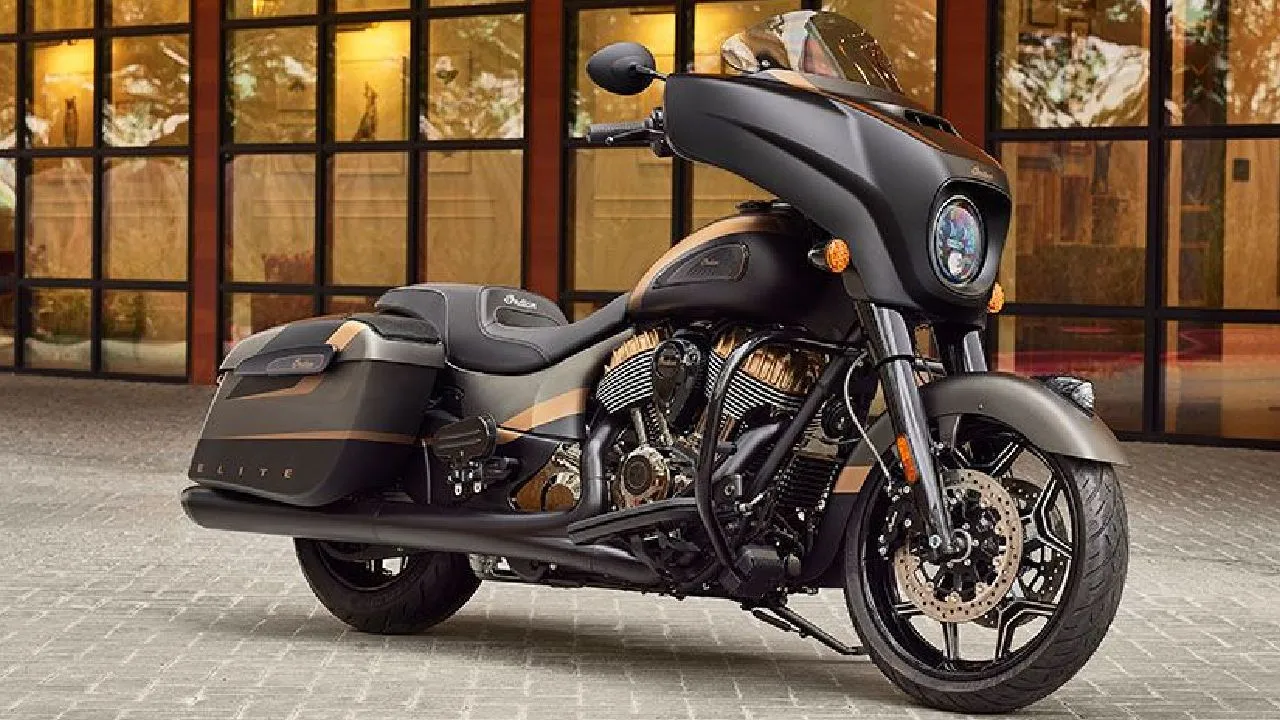
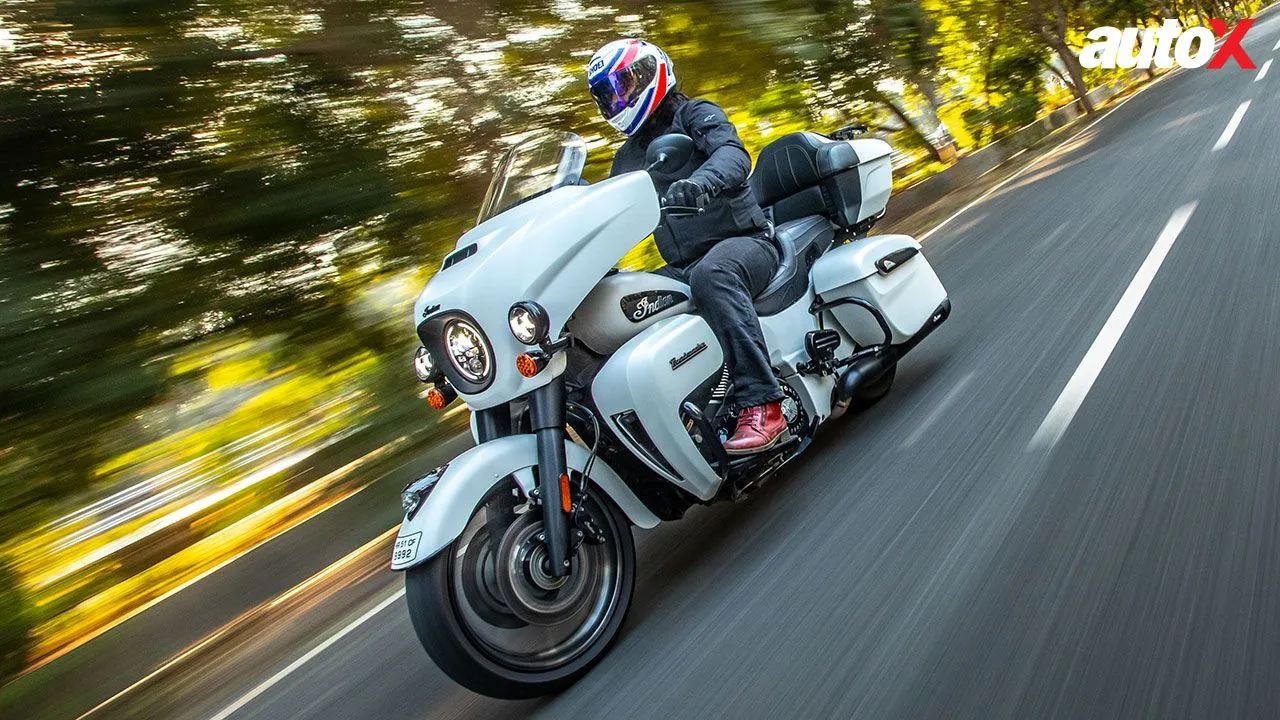


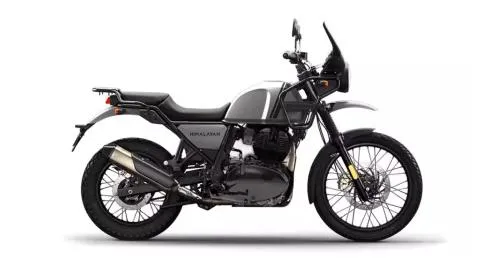


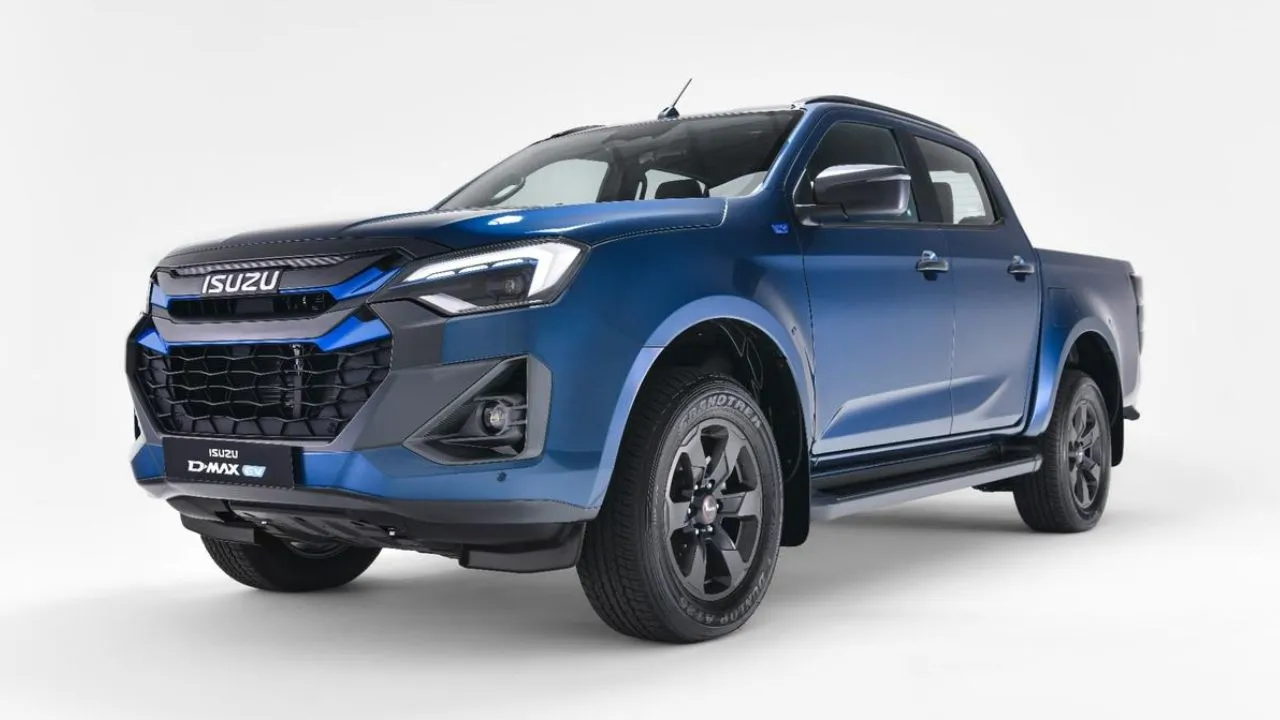
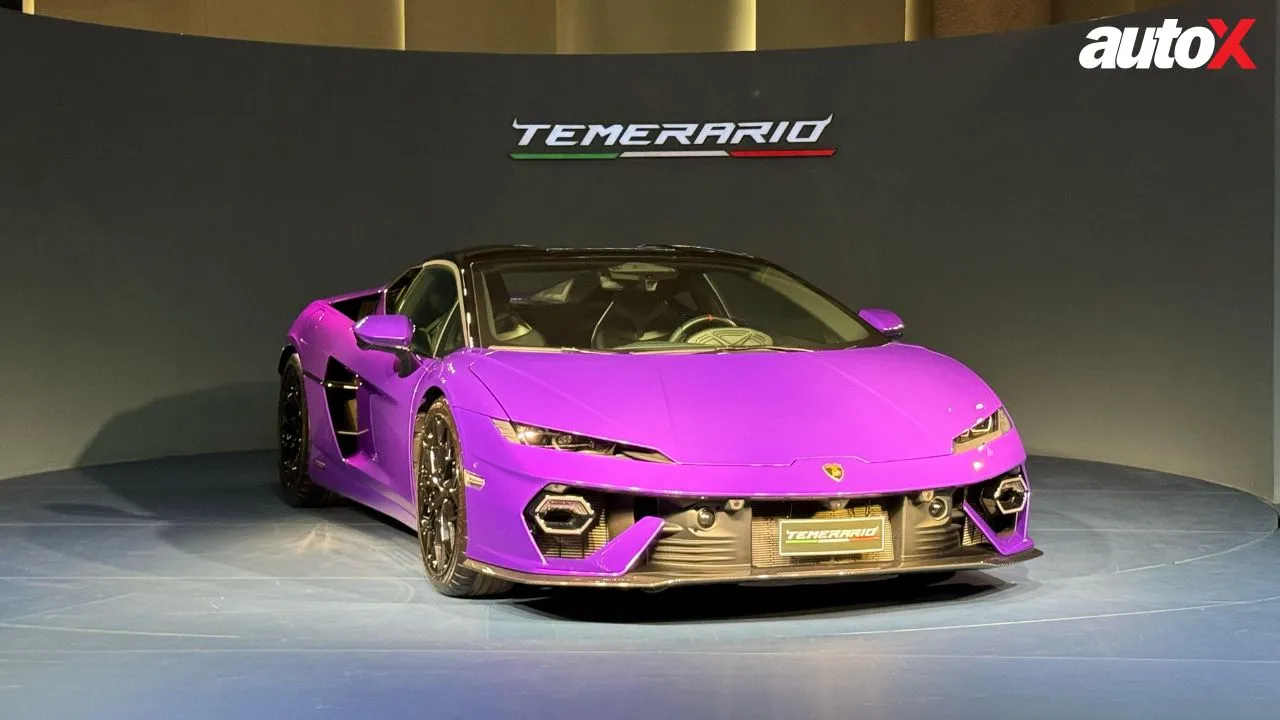
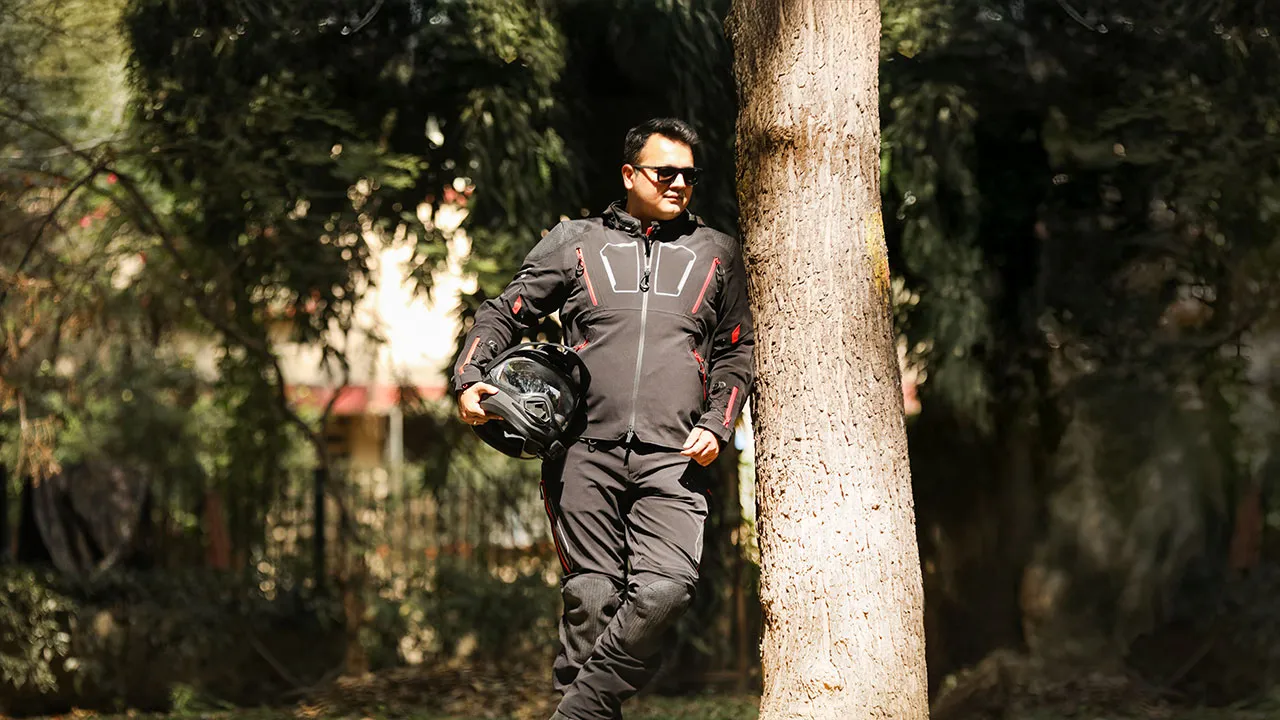
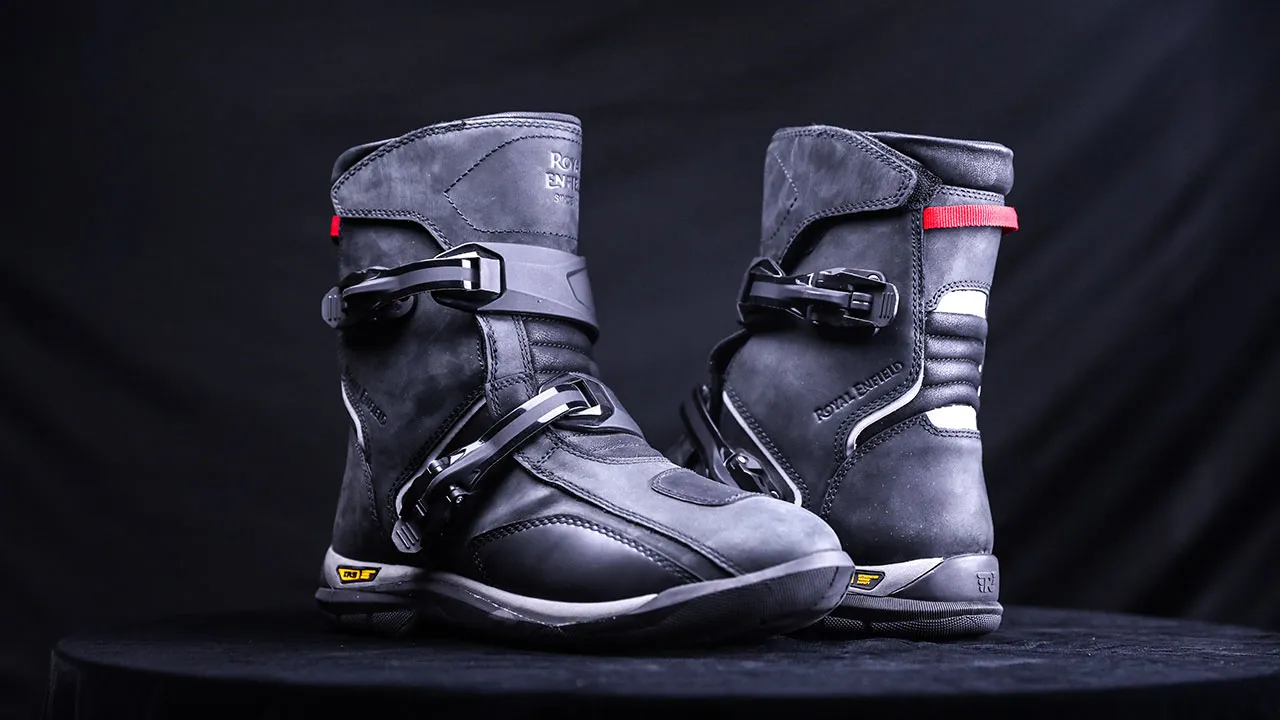
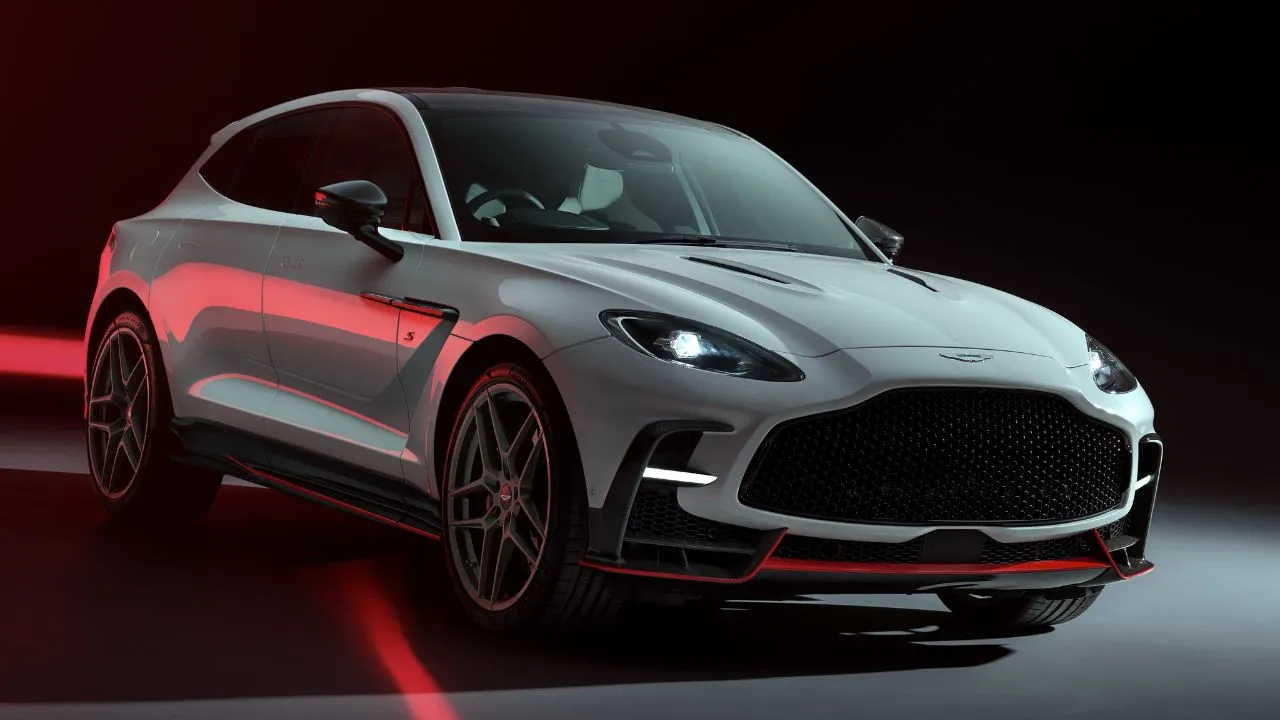





Write your Comment on